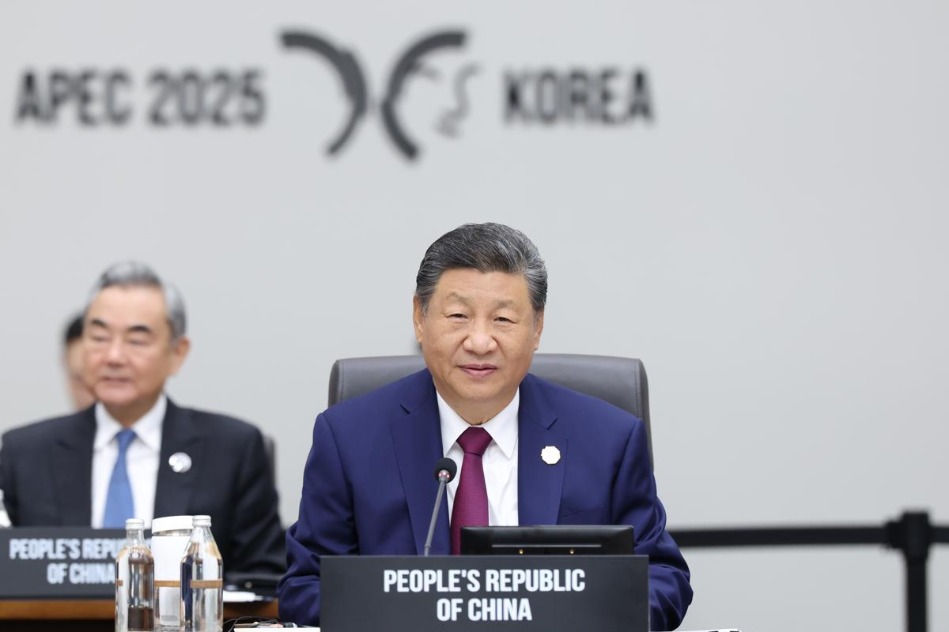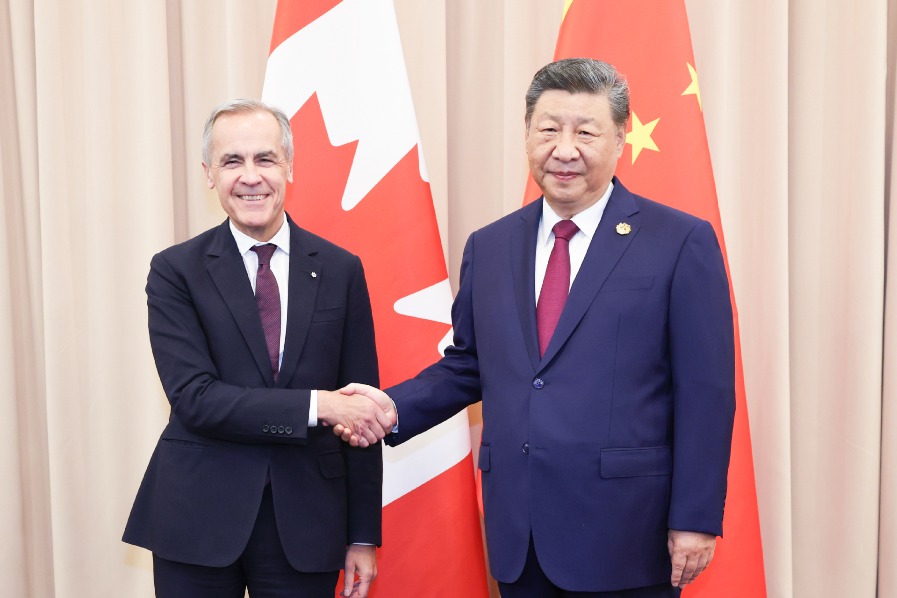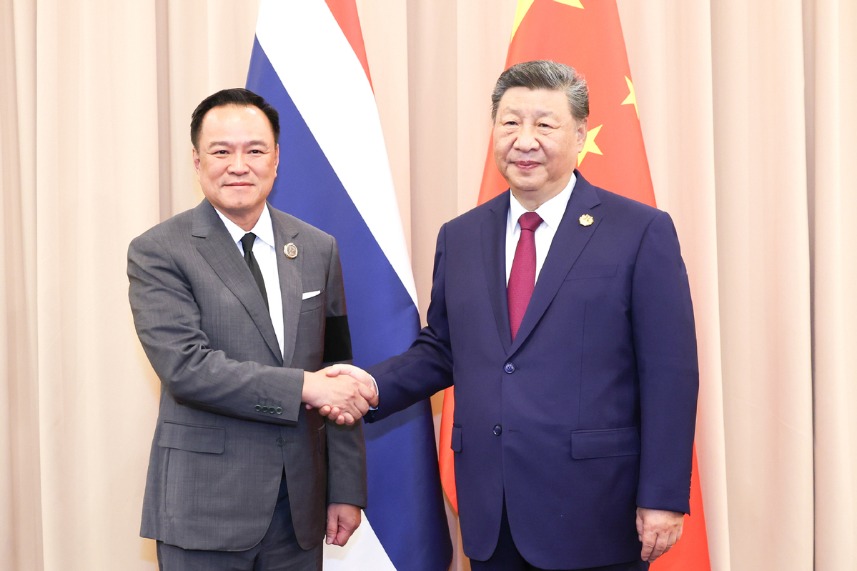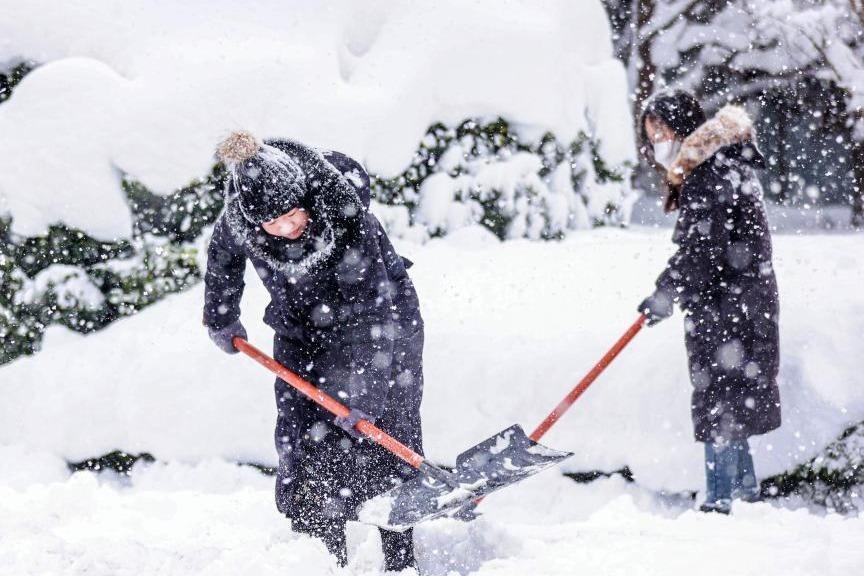Capturing a transformation
Photographer's epic vision records once-poor village now enjoying the benefits of modernity

W hen photographer Hei Ming first trudged up the dusty paths of Xinyaozi village, Yan'an, Shaanxi province, in 1996, he encountered a village suspended in hardship.
Nearly 30 years later, now 62, he returned to find asphalt roads humming with cars and a new generation discussing e-commerce over phones. The remote Shaanxi village, once emblematic of China's "three rural issues" — agriculture, rural areas, and farmers — has become a microcosm of the nation's poverty alleviation accomplishments, which was documented through his camera.
Born in 1964 in Shaanxi, Hei began shooting with a borrowed camera in the 1980s and has used his lens to portray the faces of common people.
Xinyaozi became his focus because Hei was influenced by celebrated anthropologist Fei Xiaotong's Peasant Life in China and wanted to create a photography project about a village.
"During that time, I visited many villages across the country, but because I couldn't understand the dialects in the southern regions, I decided to focus my project on my birthplace — Shaanxi. Here, I shared similar living habits, which made understanding easier, and the language was familiar, allowing me to hear more stories," Hei says.
His methodology is anthropological: living alongside subjects for months, eating sharing meals, gaining trust before lifting his camera. This approach defines his 30-year Xinyaozi study, which turns into a book soon to be published by the Zhejiang Photographic Press.
From 1996 to 2025, he traveled between Beijing and Xinyaozi more than 50 times, spending over 300 days and nights in the village and shooting more than 400 rolls of film and tens of thousands of digital photos with nearly 500,000 words written in diaries and recorded stories from the villagers.
His black-and-white early shots capture gaunt elders who've since passed, wide-eyed children now middle-aged farmers-turned-entrepreneurs, and stooped mothers whose granddaughters today attend college.
During his visit early this year, Hei focused on youth — the true barometer of rural China's metamorphosis. He returned to find vehicles navigating asphalt roads, brick dwellings, and a new generation discussing e-commerce ventures over smartphones.
"The lens has not only shown me the external changes in the young people of Xinyaozi, but has also allowed me to sense the transformation in their inner world. They have especially maintained the diligence and kindness of their ancestors, while looking for the various possibilities for their future career paths," Hei says.
Behind the lens are the dramatic changes reflected in statistics. In 1996, the village had 58 households and 236 people, with an average annual income of only about 200 yuan ($27.87) per person, while now, the village has 116 households with the average annual income reaching 20,000 yuan.
Besides photos about Xinyaozi, Hei's visual artworks have traveled across the country and abroad, providing a glimpse of the country's profound transformation over the past decades.
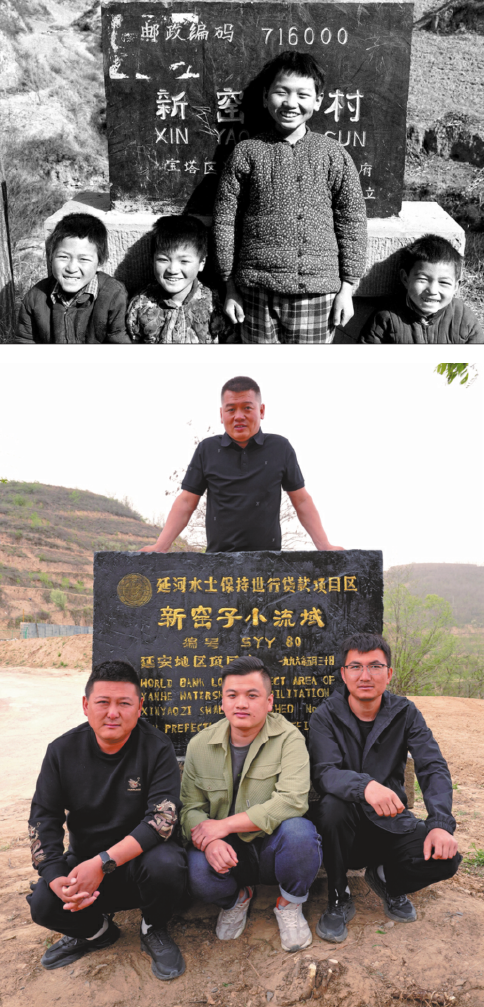
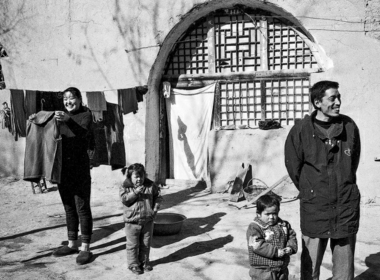

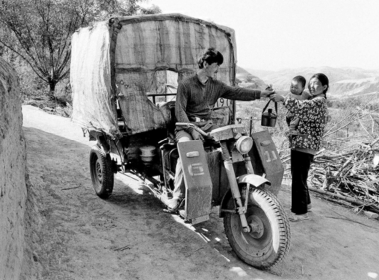
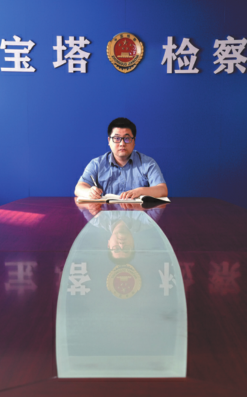
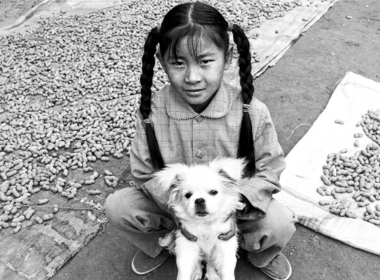

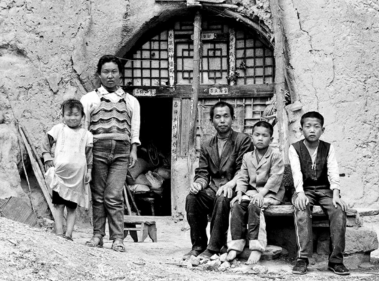

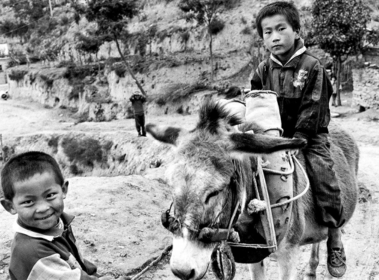
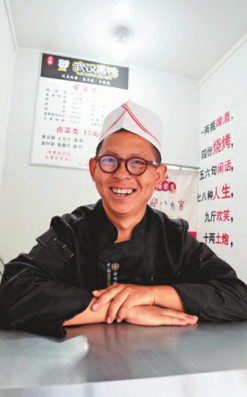
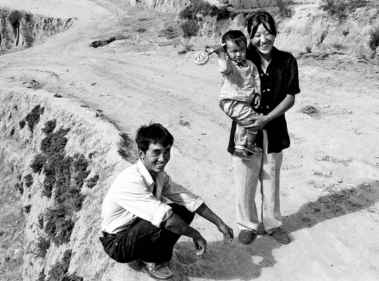
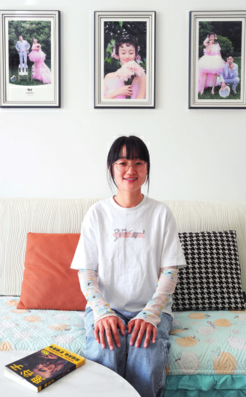
Today's Top News
- Shenzhou XXI blasts off, on way to space station
- Xi: Join hands, strengthen links
- Sound, steady growth of China-Canada ties stressed
- Tokyo called on to foster correct perception
- Beijing, Bangkok to align growth strategies
- Call for openness and inclusivity for dynamic Asia-Pacific: China Daily editorial

















